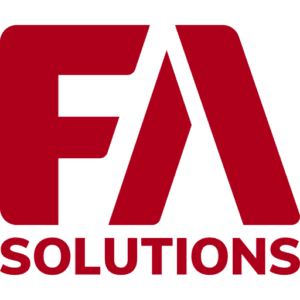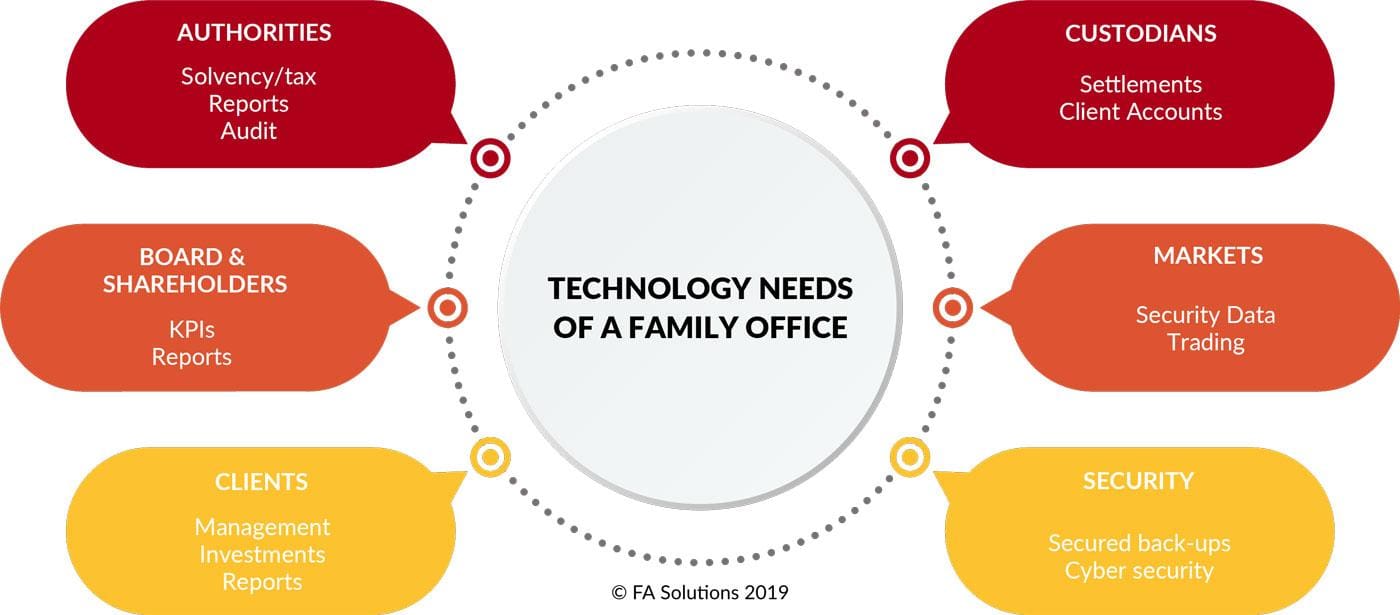
Originally published in the Swiss Wealth Technology Landscape Report
Diversification helps in reducing risk and increasing long-term returns. Yet it makes portfolio management and performance reporting extremely complex, especially if unusual investments such as collectibles or philanthropic projects are in the mix.
The Swiss Wealth Management industry has seen a dramatic increase in Single and Multi Family Offices in the past years, with the current count exceeding 450 companies1. That is not surprising, considering the country provides an economically and politically stable environment with easy access to highly skilled labor as well as modern financial services. Most importantly, the tax regime in Switzerland remains one of the most favourable for corporate entities and ultra-wealthy individuals2. All these factors have contributed to the long-term rise of the Swiss Family Office.
However, even in such a positive and safe economic environment, there remain challenges to overcome in order to successfully preserve and grow family wealth. Based on The Global Family Office Report 20193, modern Family Offices invest in multiple asset classes including but not limited to bonds, real estate, equities, commodities, and cash – the chart to the right presents a detailed breakdown. Diversification helps in reducing risk and increasing long-term returns. Yet it makes portfolio management and performance reporting extremely complex, especially if unusual investments such as collectibles or philanthropic projects are in the mix. Involvement of multiple custodians and different family members with individual investment goals further complicates the operations. Failure to manage this complexity can become a serious barrier to profitability.
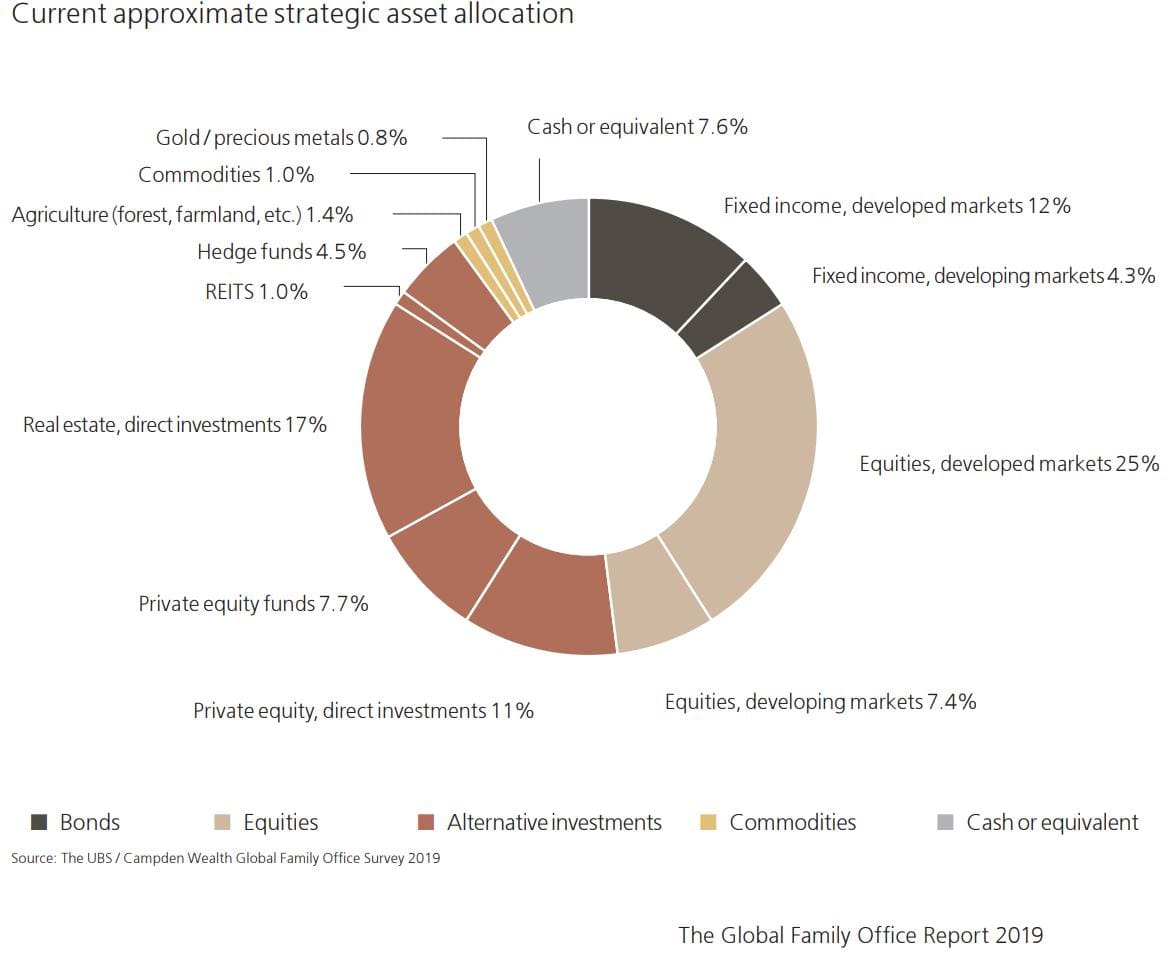
“I am focusing more on the operational side of financial investment management (rather than family governance, succession planning, etc),” says Hjalmar Bøe, ex-head of Compliance & Middle Office at Höegh Capital Partners, currently establishing his own investment advisory Yalmar. “Some of the key challenges arise from the broad range of asset classes, investment strategies, and instrument types that are available to a Family Office, which will usually have a long investment horizon and access to highly skilled investment professionals.”
Bøe added, “The ‘endowment’ approach with high focus on illiquid, alternative, and unlisted investments will further move the portfolio out of the comfort zone of the traditional service providers (banks, software, consultants). When you combine these dimensions with mandates and portfolios from different family members and investment companies, you end up with a significant multi-faceted matrix of operational challenges.
Furthermore, Family Offices will usually be somewhat conservative and operationally risk-averse, often putting in place sound governance structures. This, in my experience, results in a portfolio that is high in complexity but lower in transaction volume and trading frequency.” Hjalmar continued, “Adding to the challenge are the often sophisticated and specific reporting requirements arising from working closely with family members who usually have informed views of portfolio characteristics, strategies, and risks. Portfolio reporting should also be dynamic and able to keep pace with changing market trends, new investment strategies, and instrument types that are put in place to exploit these.”
Technology can assist a great deal in automating internal Family Office processes. Yet unfortunately, not many Wealth Management tools will meet all the complex needs of the organization. Family Offices may be forced to search for a new Portfolio Management solution if their current system cannot handle a wide range of investment types.
It is particularly cumbersome to re-key data multiple times, so automating data feeds is an important factor, as well. Overall, the goal is to stop using multiple tools for different operational tasks and having to maintain spreadsheets in addition to or instead of the Asset Management platform. On the reporting side, for Family Offices it is crucial to deliver monthly reports faster and in a more independent, self-service way. There is also need to provide family members access to reports online and on different devices at any time.
As summarized in the chart at the top of this article, an all-encompassing tech solution should not only take care of the core Portfolio Management tasks, but also provide support for multiple custodians, reporting to authorities as well as family members, accurate accounting, and cyber security plus backing up of the data.
Managing investment data from multiple custodians – the key issue
One of the leading drivers of complexity in Wealth Management is having to manage multiple different custodians. If a Family Office outsources some or all of the Investment Management to one or many different managers, a major problem arises: how to aggregate the data and make sure that managers stick to their mandate and provide the returns accordingly? What is more, keeping fees under control can become quite an issue over time.
An example Analytics view in FA Platform for multiple portfolios combined to reflect total risk & returns
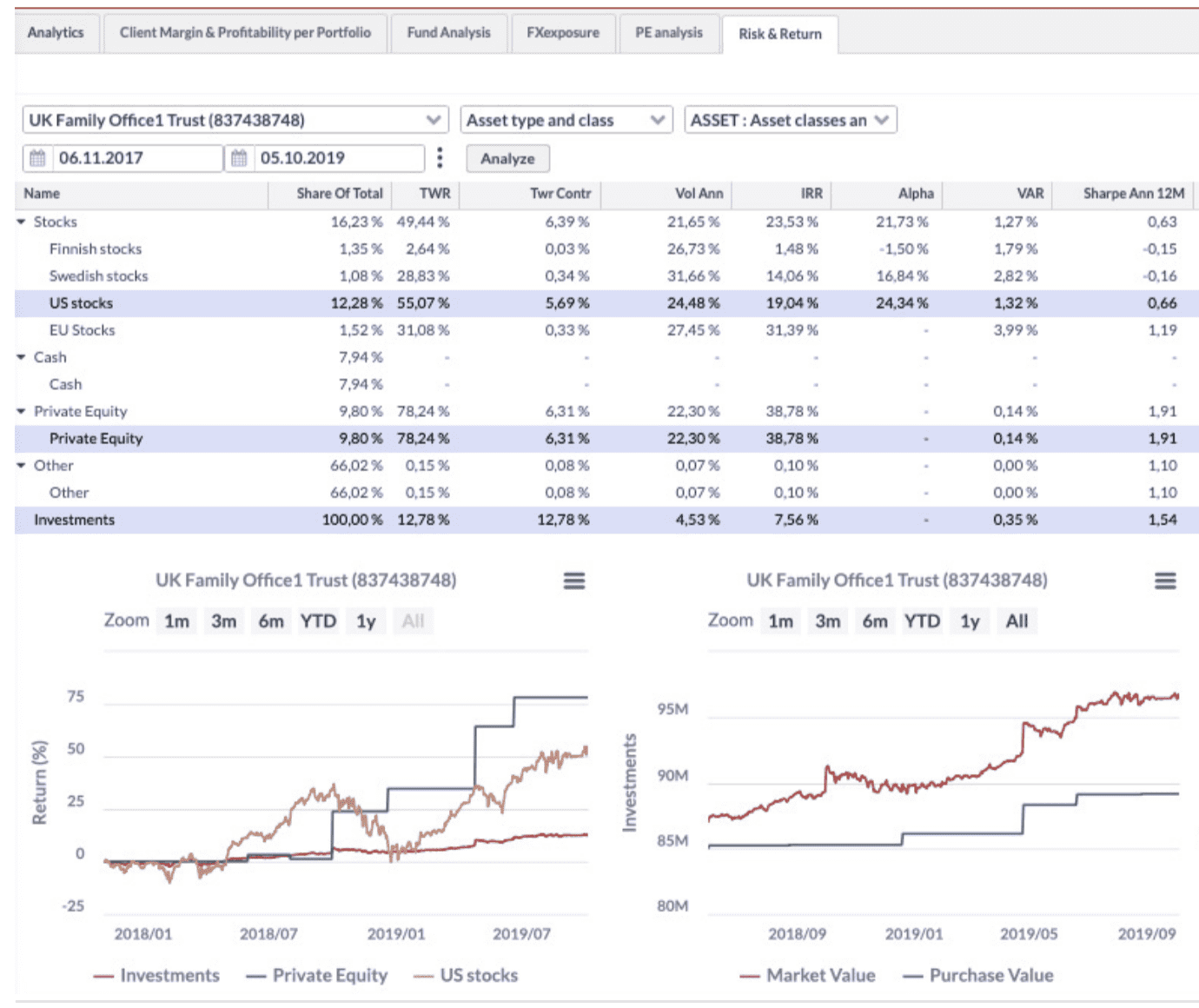
Asset managers normally provide an interface to see the investments, but the Family Office will typically want to get the full and consolidated view from all the mandates distributed, and see the total allocations, returns and risks, not just for one at a time. The only way to achieve this is to harvest the transaction data from each manager, and aggregate it in an integrated Portfolio Management system, as shown on the example above. This is far more complex than one may first think though, as the manager may be very active and introduce new securities that have corporate actions linked to them, or that the Family Office has no knowledge about.
How can platforms like ours support reporting on multiple asset classes from multiple providers, as expected by a modern Family Office? A comprehensive Portfolio Management system must provide the possibility to add new asset classes, as well as define transaction types and see their effects on the overall portfolio quickly. The rest of the solution, including reporting, risk management, and generation of bookkeeping should automatically support the new asset type.
A good system should also be able to deal with alternative investments such as private equity, real estate, wine, and more. This means that the Family Office can report all assets to their family members on the web, in real time and focus on the asset class of interest right now. Below is an example of how private equity can be handled within a modern Portfolio Management system.
Private equity analysis view in FA Front
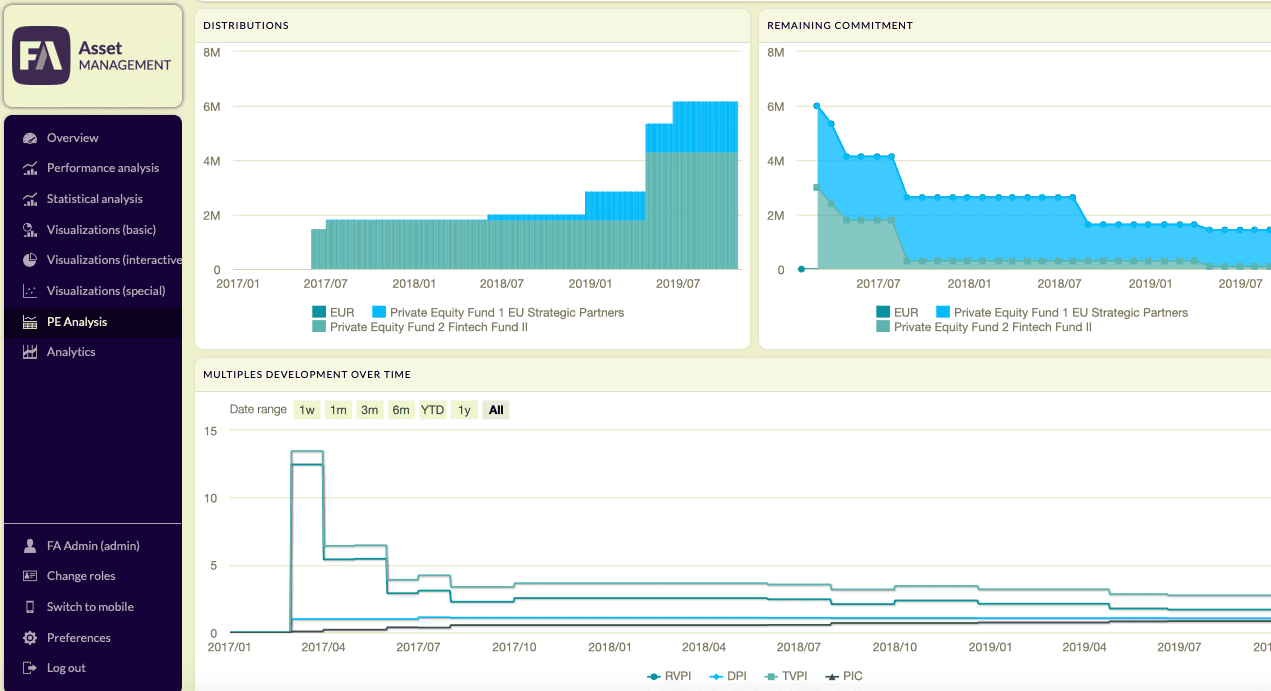
Our research highlights that Family Offices in Switzerland need to concentrate on finding a Portfolio Management solution that simplifies and automates their internal processes, while also staying on top of the coming trends about to revolutionize their sector, like the growing influence of millennials on the financial industry. As the Generation Y plays an increasingly important role, Family Offices need to meet the challenge of increased requirements towards their technological savvy and in particular flexible, frequent reporting.
Overall, it is clear that the common goal shared by most Family Offices is managing complexity in an efficient way. That is why FA Solutions focuses on leveraging technology to bring automation into the Wealth Management industry and to ultimately give our clients more time with their clients.



